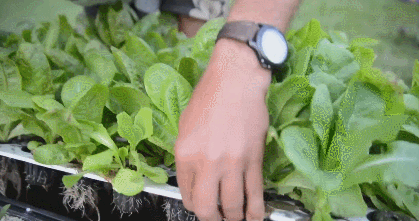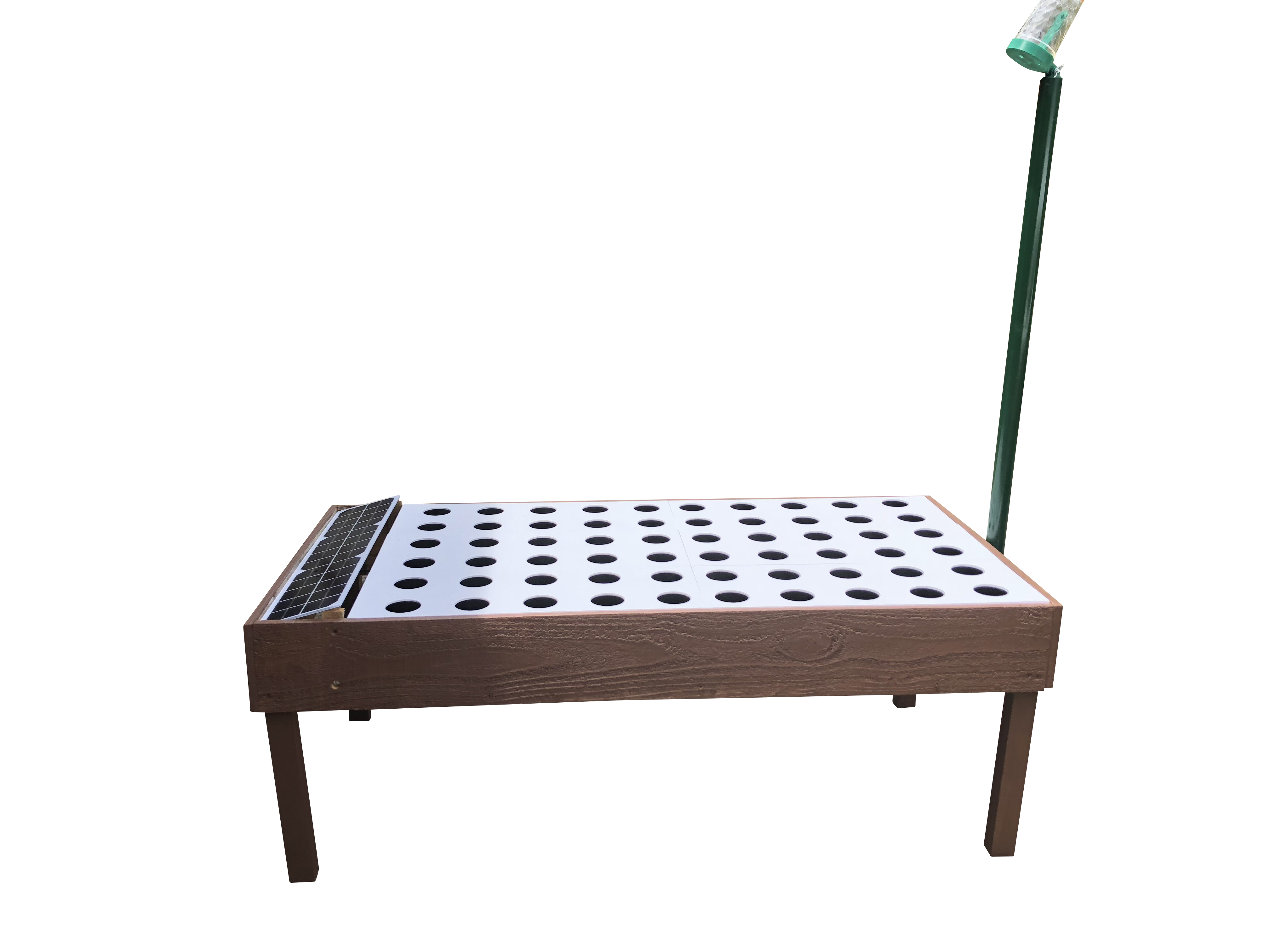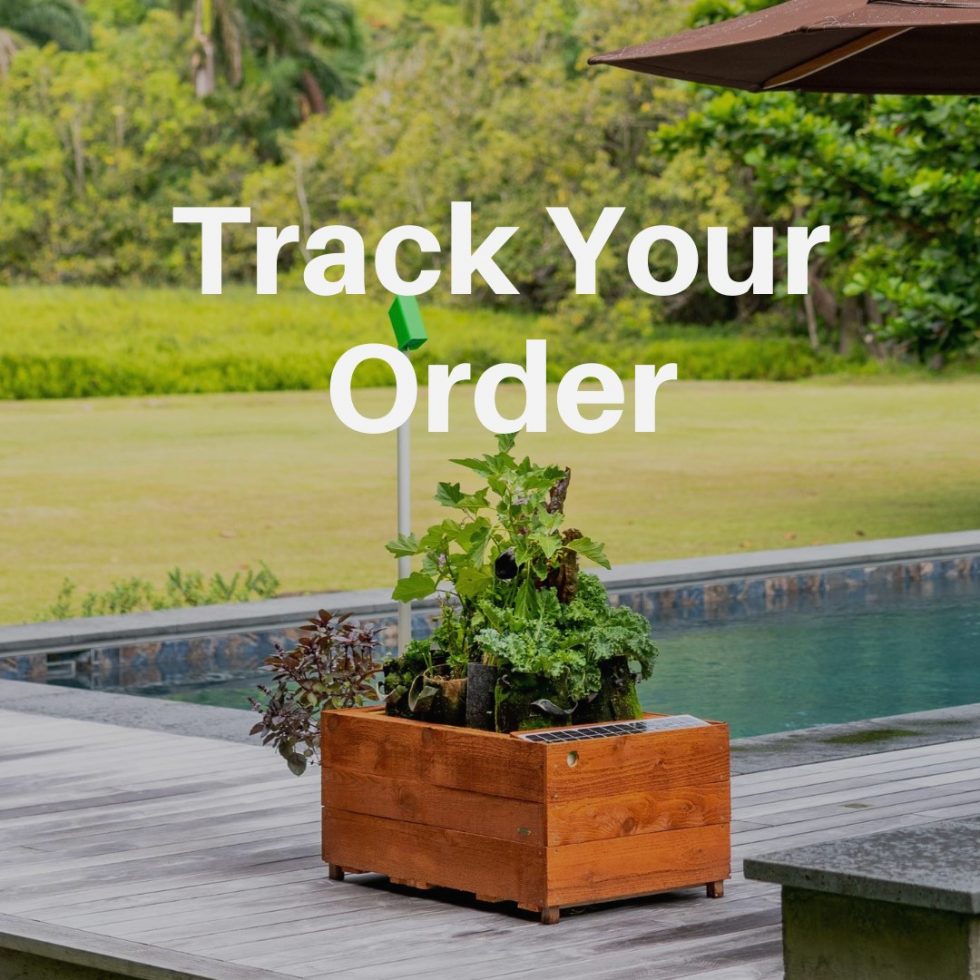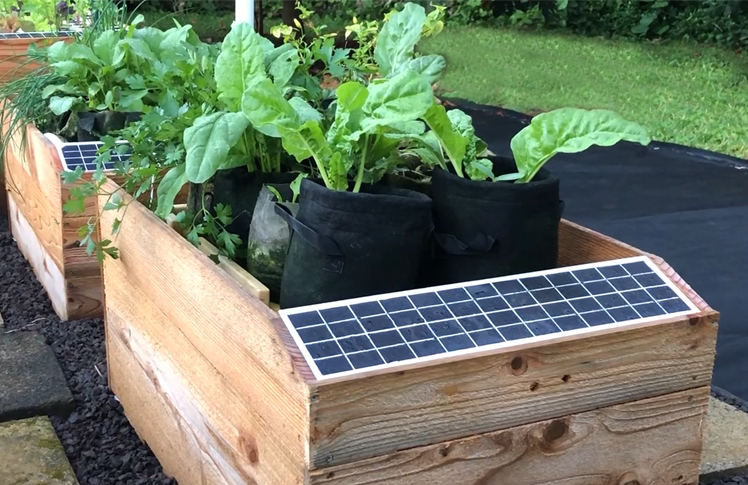

Robo-weeders are tidying up everything from domestic gardens to commercial vegetable fields, and the results could have a serious impact. Now companies are hoping that they can take on something far more mundane: the common weed. Robots have affected manufacturing and medicine, and have even explored the surface of Mars.
Growbot garden full#
If you take the DIY approach, there are full instructions available online.

The rest, such as the computer components, are all readily available and relatively low-cost.
Growbot garden download#
So if you want to take a more do-it-yourself approach, you can download all the CAD models and manufacturing files to build your own.Īnd if you have access to a CNC router (a computer numerical control router - a cutting machine that's computer-controlled) router and 3D printer, you can print out many of the components you'll need to build a FarmBot. And you have to put the whole thing together.īut if you have a bit more technical know-how, the entire FarmBot project is open source. If I want my own garden robot, what do I need?Īs mentioned, FarmBot pre-orders have started, so you can buy your own kit. That gets you most of the hardware you'll need to put together a FarmBot, but you still have to supply the raised garden bed, the power, and the internet connection. But unlike FarmVille, you're doing it with real plants. You lay out your crops, water your plants, and weed the garden. If you remember the online game FarmVille, it's a bit like that. I don't have a FarmBot at home, but I have played with the app. "You can measure the pH, measure the temperature, measure whatever it is that you want to do, so you have complete control and agency over how you grow your food." If you want to water your plants in a certain way - maybe with mister nozzles, versus a shower nozzle, you can do that," he said. "If you want to use pesticides, you can do that. In a promotional vide o, Rory Aronson - the founder of FarmBot - explained the types of customizations you can make.
Growbot garden code#
It means the source code for all the software, and the blueprints for all the parts, are public and freely available - so you can modify or tweak it.

The robot is designed to work on raised beds that are about about 1.5 by three metres. Part of the idea behind FarmBot is that it's designed to work in relatively small gardens. If you pre-order a kit, you'll get standard tracks that are three metres long. Who is the FarmBot for?įarmBot seems to be designed for people who want to grow their own produce, but aren't terribly interested in the actual work of gardening to get that produce. If you browse through the FarmBot forums, you'll find a mix of hobbyists, tinkerers and educators - people with a decidedly technological bent. And in the last month, FarmBot has raised about $1 million to start manufacturing kits. The California company behind the robot has started taking pre-orders, which cost about $4,000 Cdn. This robot has been in the works for a few years - but you can now actually buy one now. It can grab different tools, depending on the task at hand.

(FarmBot.io)But instead of squirting out plastic, the FarmBot sows seeds, waters plants and gets rid of weeds - using different attachments for each job. This illustration shows how the FarmBot moves in three dimensions to perform basic tasks in a small garden.


 0 kommentar(er)
0 kommentar(er)
